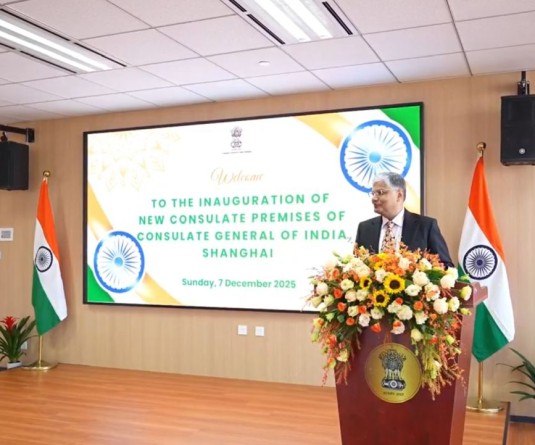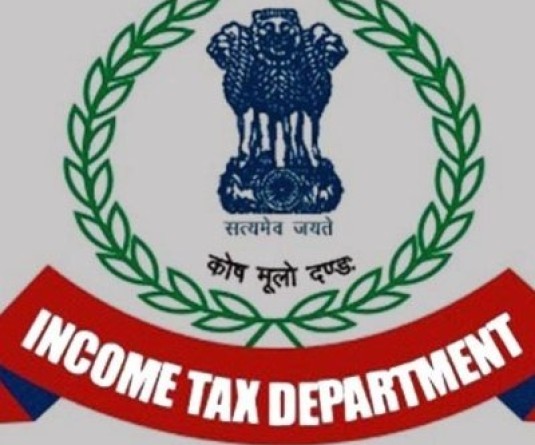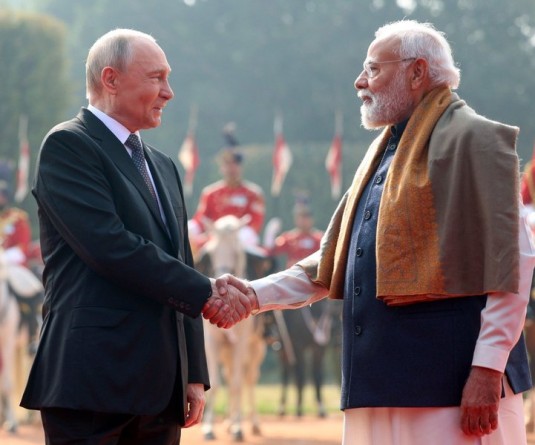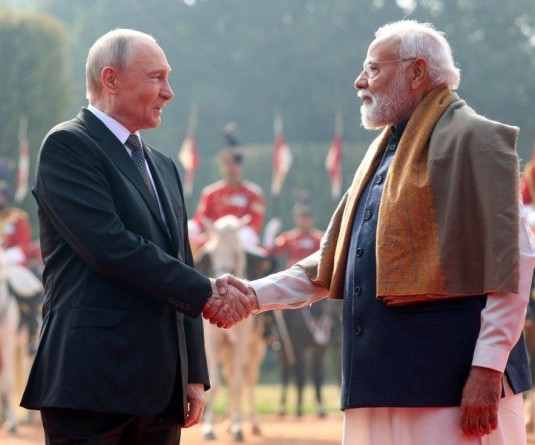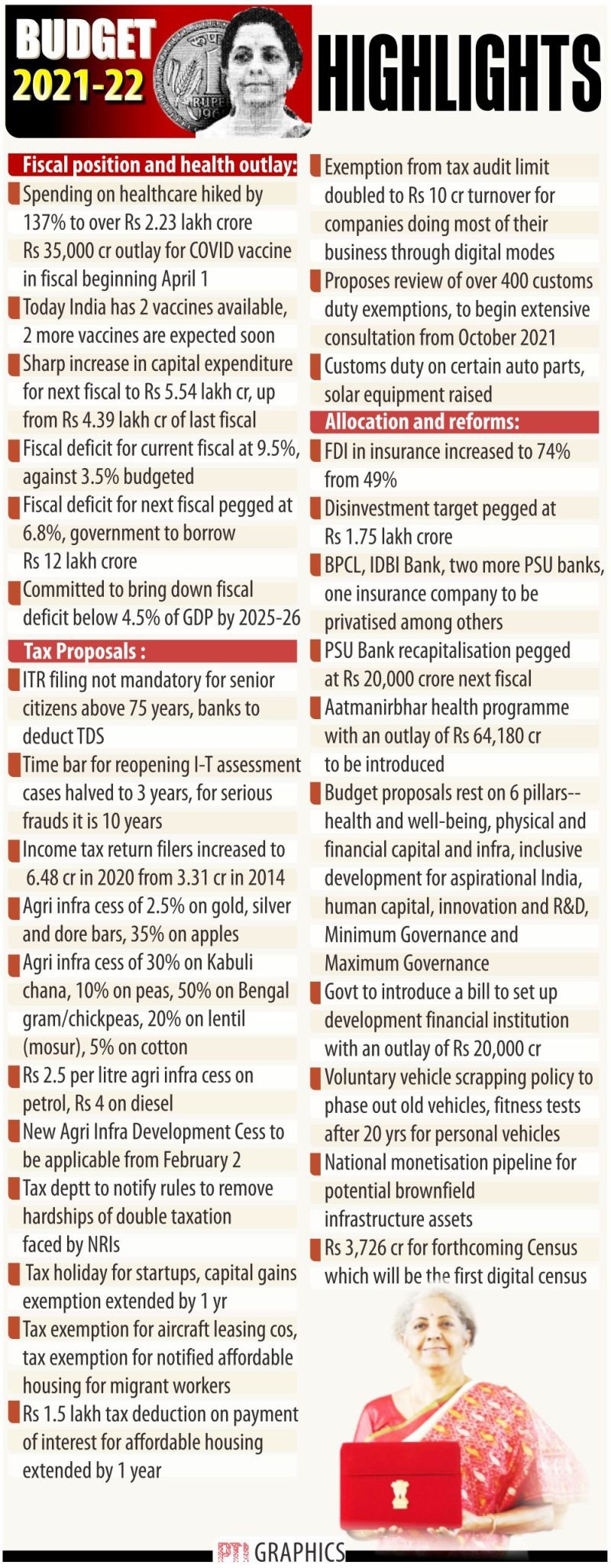
New Delhi, February 1 (IANS): The Centre will go in for a massive spending spree on infrastructure creation, healthcare, education and demand generation to revive India's pandemic-battered economy.
In her third budget presentation in the Parliament on Monday, Finance Minister Nirmala Sitharaman proposed to unleash massive fiscal expansion in 2021-22 on the back of high borrowings, fire sales and an agricultural cess.
However, no adverse impact is set to come on prices as the Centre made prior duty adjustments before imposing the cess.
The first budget after the Covid-19 outbreak got a thumbs-up from India Inc with the equity markets jumping around 5 per cent in the day's trade.
The biggest take-away from the budget has been the Centre's aggressive push to revive the economy via higher outlay for capital expenditure.
The FM proposed to increase capex by 34 per cent in Budget 2021-22 in comparison to the previous fiscal BE (Budget Estimate).
In her Budget speech that lasted for around 1 hour and 45 minutes, Sitharaman doled out enormous amounts for railways, roadways, healthcare, education as well as the agriculture sector.
Capex alone has been proposed to be increased to Rs 5.54 lakh crore from Rs 4.12 lakh crore spending target in BE FY21.
Also, she proposed to institute a 'Land Bank' monetisation company along with an asset management and reconstruction company or a 'Bad Bank' and a Development Financial Institution (DFI) which will fund infra projects.
Besides, the Finance Minister proposed to relax certain conditions which prohibited private funding, restriction on commercial activities, and direct investment in infrastructure to attract foreign sovereign wealth and pension funds to invest in domestic infra projects.
She laid out a new import structure along with proposals for a conducive environment to usher in investments into Fintech, insurance and start-ups.
Further, Sitharaman proposed to give relief to those Non-Resident Indians who have returned to Indiabut face hardship of double taxation.
The minister set aside Rs 20,000 crore for public sector bank re-capitalisation and gave a push to digital payments and research in Artificial Intelligence.
She also announced a vehicle scrappage policy, hydrogen energy mission and rationalisation of customs duty structure by eliminating outdated exemptions.
On the personal tax front, exemption was proposed from filing income tax returns for senior citizens with age of 75 year and above, and who only have pension and interest income.
The dividend payments to Real Estate Investment Trusts (REITs) and Infrastructure Investment Trusts (InvITs) from tax deduction at source (TDS) have been exempted.
Apart from exemptions, the budget envisages constitution of a Dispute Resolution Committee for small taxpayers.
In terms of shoring up the Centre's revenues, Sitharaman proposed an asset monetisation pipeline.
She also set a massive divestment target of Rs 1.75 lakh crore.
However, Covid-19 prevented the Centre in achieving the FY21 target, with collections only coming in at Rs 19,499 crore.
In FY22, the Centre plans to divest two public sector banks, as well as a state-owned general insurance company.
Even the IPO route will be considered for LIC to augment falling revenues.
Sale of certain projects such as city gas pipelines, roads and ports are expected to give some relief to the Centre.
But here as well, the fine print suggests hiving off these assets after their completion.
An Agriculture Infrastructure and Development Cess on excise and customs duties will kick-in to augment the Centre's coffers.
Consequently, the fiscal deficit for next year is set at 6.8 per cent from 9.5 per cent for FY21, out of which the Centre plans to borrow Rs 80,000 crore by the end of the current fiscal.
Sitharaman proposed to amend the FRBM Act to institute more elasticity and return to a fiscal deficit level below 4.5 per cent of GDP by 2025-2026.
The FRBM Act mandates a fiscal deficit of 3 per cent of GDP that needs to be achieved by March 31, 2020-2021.
In addition, she said the first budget post the onset of Covid-19 pandemic has ample opportunities for growth and economic reset.
She said that in the post-Covid world, India is well positioned to benefit from the new realignments in the economic and political spheres.
Budget evokes mixed reactions from people
The Union Budget presented by Finance Minister Nirmala Sitharaman on Monday evoked mixed reactions, as per the IANS C-Voter Budget Insta-Poll.
On a question on how has the team of Prime Minister Narendra Modi and Finance Minister Nirmala Sitharaman delivered on the budget front so far, 25.1 per cent of the respondents said that it performed much better than expected, while 27.6 per cent people said it was just as expected.
Around 36.4 per cent of the respondents said that the Budget was worse than expected, while 11 per cent stated that they actually didn't know what was there in the Budget.
After last year's Budget, 42 per cent of the respondents had stated that it was much better than expected, while 25.9 per cent had pointed out that it was just okay and 24 per cent stated that it was worse than expected.
The poll, which was conducted after the presentation of the Budget in the Parliament by Finance Minister Nirmala Sitharaman, included a sample size of 1,200 people selected randomly across all demographics. The margin of error is +/- 3 per cent at the national level and +/- 5 per cent at the regional level.
Budget presented on tablet
The Shiromani Akali Dal (SAD)-Bharatiya Janata Party (BJP) stalemate was witnessed even during the Budget 2021 presentation in Parliament on Monday when Finance Minister Nirmala Sitharaman presented the first ever digital annual expenditure of Independent India.
After sloganeering to repeal three contentious farm laws, the SAD along with the Rashtriya Loktantrik Party (RLP) and the Aam Aadmi Party (AAP) walked out of the Lok Sabha in solidarity with the protesting farmers when Sitharaman began her speech at 11 a.m. However, the major opposition party Congress remained silent and participated in the Budget proceedings.
SAD MPs Harsimrat Kaur Badal and Sukhbir Singh Badal sloganeered at the start of the budget presentation demanding the repeal of the farm laws. Both carried posters and flashed them for five minutes into the Budget presentation that was attended by the top BJP brass led by Prime Minister Narendra Modi, Home Minister Amit Shah and Defence Minister Rajnath Singh.
RLP chief Hanuman Beniwal and the AAP's Bhagwant Mann also joined the Badals in the protest and sloganeering and in the eventual walkout from the budget demanding withdrawal of the agriculture reform laws.
On the opposition benches, Congress President Sonia Gandhi was absent. However, her son and Wayanad MP Rahul Gandhi briefly participated in the Budget presentation but as a mute spectator. National Conference Chief Farooq Abdullah, Samajwadi Party patriarch Mulayam Singh Yadav and his son Akhilesh Yadav also marked their presence for a short period.
The opposition, however, countered the ruling side during the Finance Minister's 110-minute marathon speech with the shadow of the farmers' agitation looming large in the house from the beginning.
The Trinamool Congress was the most aggressive during the budget presentation with MPs Saugata Roy and Kalyan Banerjee repeatedly taunting the Finance Minister in loud voices every time she mentioned a politically sensitive issue including the proposed disinvestment of strategic companies, private management of ports and government commitment to MSP.
When Sitharaman spoke about infrastructure development mentioning about the private sector, the opposition shouted 'Adani' in one voice.
The parliamentarians on the opposition benches unitedly passed comments when the Finance Minister began speaking about the government's commitment to higher procurement of farmers' produce at the Minimum Support Price (MSP) and shared data on record payments to farmers for wheat, paddy and pulses procurement.
Congress MPs from Punjab Ravneet Bittu and Gurjeet Aujla wore black clothes in solidarity with the agitating farmers. Aujla was sitting with a poster on which was written in Hindi "kisano ki maut, kala kanoon wapas lo" (repeal black law which is killer of farmers).
However, the mood of the house was sombre throughout the budget speech when Sitharaman was elaborating on the government's plan aimed at boosting the economy.
The treasury benches comprising PM Modi, Union Ministers Rajnath Singh, Amit Shah, Nitin Gadkari and others frequent thumped the desk to applaud the Finance Minister's speech. The Prime Minister at the end of speech walked up to Sitharaman to personally thank her.
In a significant change amid digitalisation, Sitharaman this year unveiled a 'Made in India' tablet replacing the traditional briefcase before presenting Budget 2021.
With the move aimed at a paperless Budget, the 'bahi khata' (a ledger wrapped in a red cloth) has been completely removed from this year -- a move to reinforce Prime Minister Narendra Modi's ambitious 'Digital India' mission.


